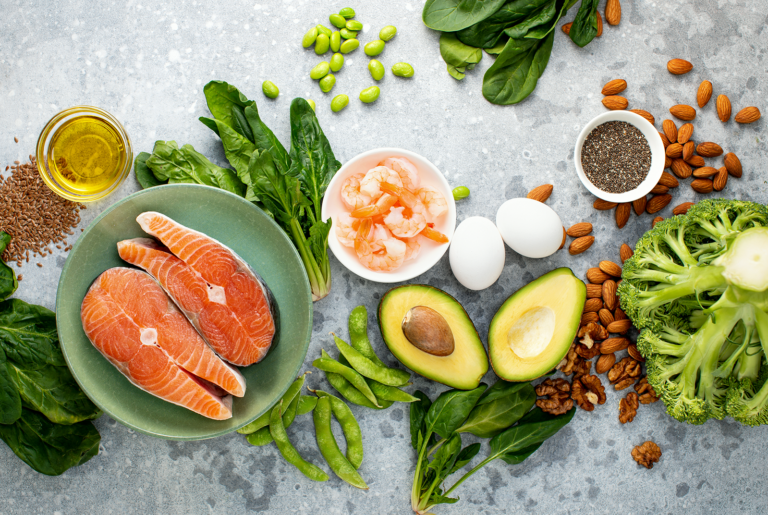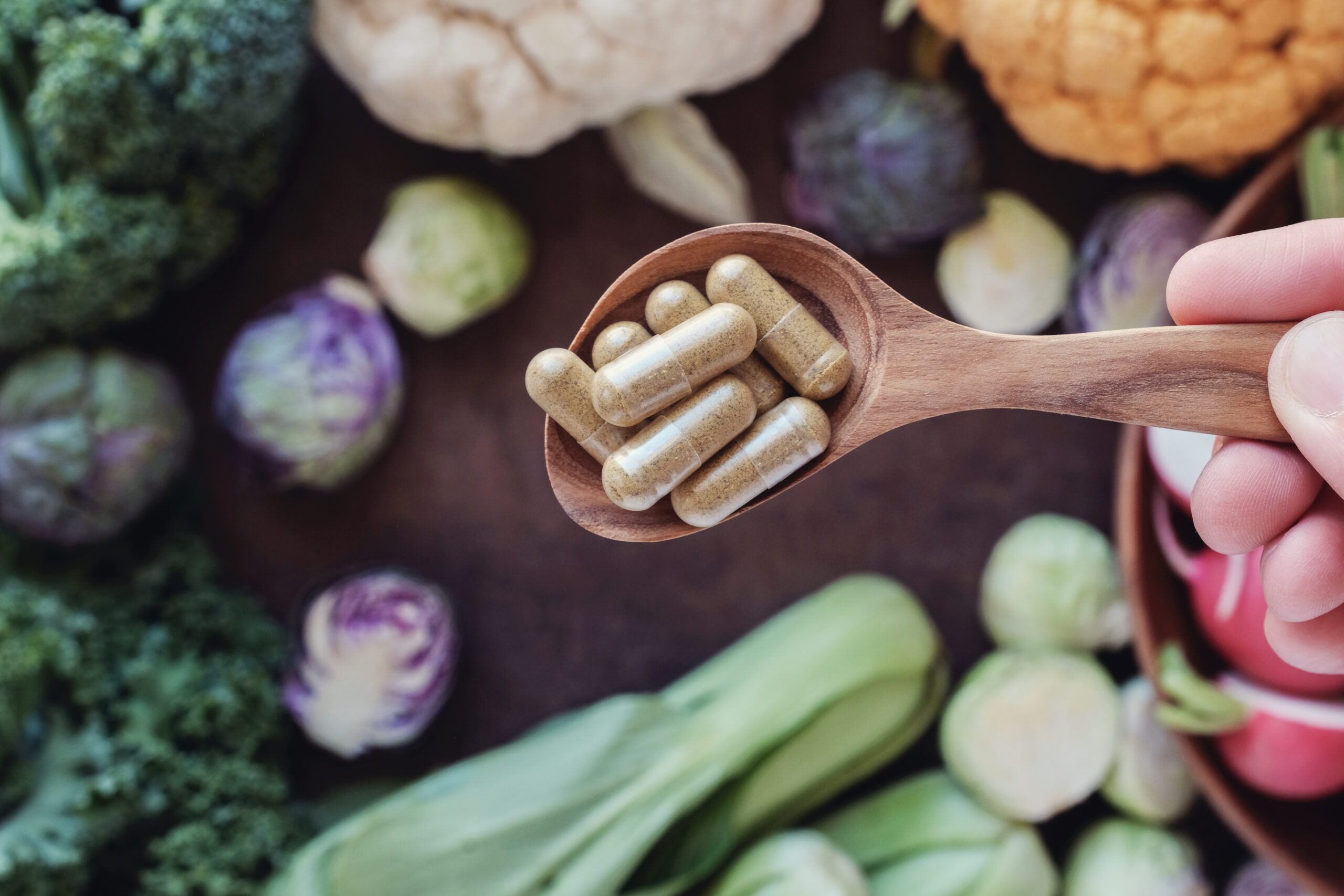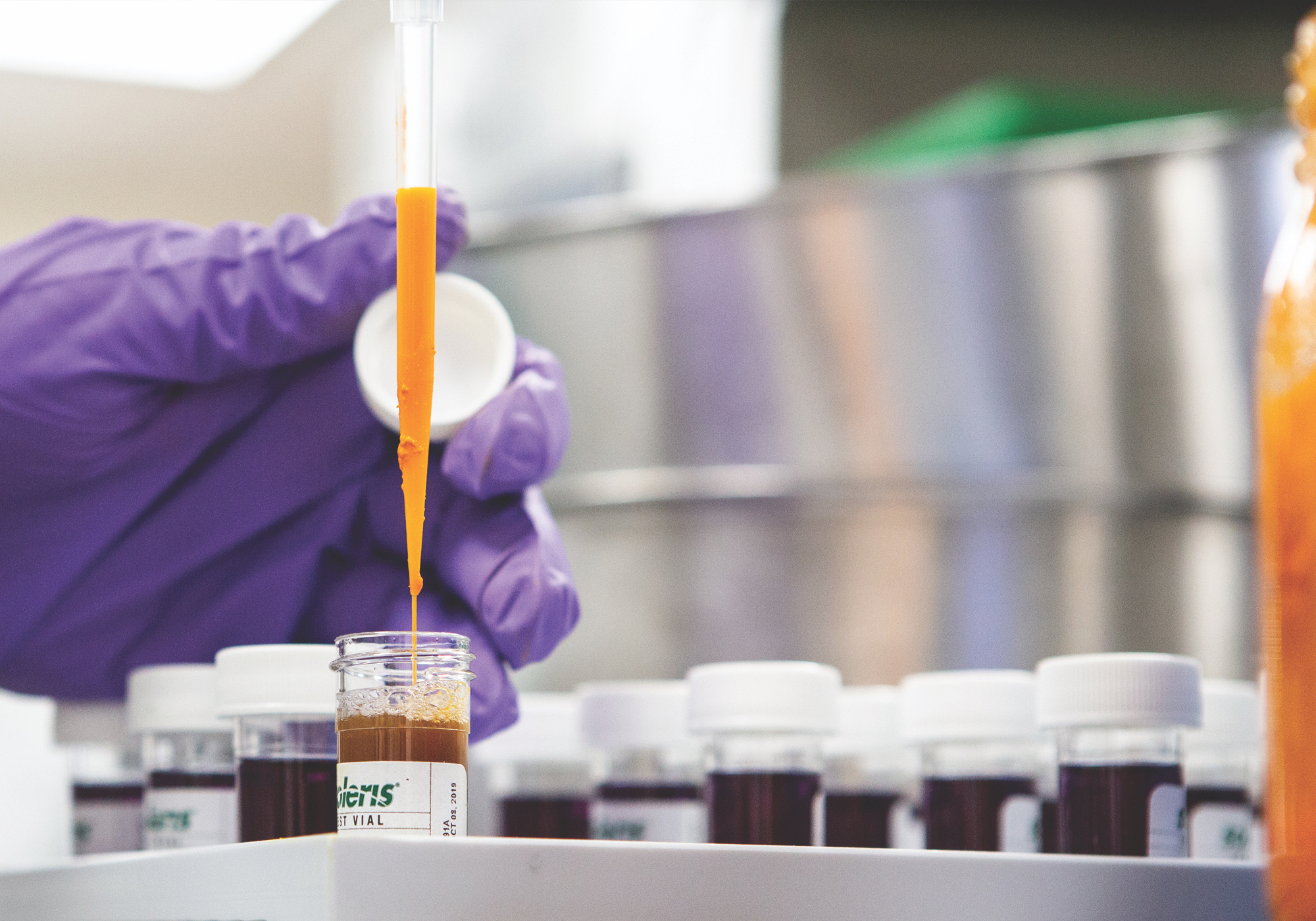Scientific name:Hypericum perforatum
Constituents:
- Naphthodianthrones (hypericin, pseudohypericin, isohypericin & protohypericin)
- Flavonoids, proanthocyanidins & oligomeric procyanidins (e.g. hyperoside, hyperiforin, quercetin, rutin)
- Phloroglucins (hyperforin) & Xanthones
- Phenylpropanoids
- Volatile oils (pinene & cineole)
- Carotenoids
- Tannins
- Melatonin (seeds)
Medicinal actions:
- Anti-inflammatory
- Antimicrobial
- Astringent
- Nervine Tonic
- Vulnerary
Mechanism of Action & Pharmacology:
- Naphthodianthrones: hypericin & pseudohypericin have received most of the attention in pharmacological studies based on their contributions to the anti-viral properties, as well as speculation (based on early in vitro data) that they may also contribute to the plant’s antidepressant actions. Recent research, however, indicates that multiple mechanisms and constituents such as hyperforin and flavonoid compounds demonstrate synergism between constituents and may contribute to antidepressant effects.
- Hypericin & pseudohypericin are both readily absorbed from the digestive tract, and their lipophilic nature also allows them to move readily throughout the body and cross the blood-brain barrier. A pharmacokinetic study in healthy human volunteers demonstrated that hypericin and pseudohypericin are well-absorbed into the bloodstream after oral administration, and with long-term dosing, steady state levels of both in blood plasma were reached after 4 days.
- Multiple mechanisms associated with antidepressant activity include inhibition of catechol-O-methyltransferase (COMT) & monoamine oxidase (MAO) (thereby increasing levels of neurotransmitters in the central nervous system), modulation of serotonin receptors, and the suppression of interleukin-6 (inflammatory mediator that may play a role in depression via its effect on cortisol release). Has also been shown to inhibit the reuptake of several synaptosomal neurotransmitters such as serotonin, noradrenaline, dopamine, and gamma-aminobutyric acid with efficiencies similar to that of affinity selective inhibitors. Additionally, presence of melatonin affects the fundamental processes involved in depression, and studies of the effect of hypericin on melatonin release by the pineal gland might also reveal a possible mechanism for its antidepressant activity.
- Hyperforin can inhibit synaptosomal reuptake of serotonin, norepinephrine, and dopamine and has also been shown to have antimicrobial activity against gram-positive bacteria and numerous viruses.
- Hypericin’s photosensitizing activity may also be a part of antidepressant effects, as it will lower the amount of light necessary to obtain a therapeutic effect in seasonal affective disorder, such that normal daylight may have a similar effect to intensive light therapy when incorporated with Hypericum. Hypericin is a powerful photosensitizer and has anti-tumor actions. Once taken up by tumor cells, hypericin reacts in the presence of oxygen and activates multiple apoptosis pathways that results in malignant cell death.
- Clinical and in vitro research indicates hypericin and pseudohypericin are the main anti-viral components, and have activity against enveloped viruses (e.g. HIV & Herpes) but are inactive against non-enveloped (naked) viruses, and that this activity is also enhanced by exposure to light.
Pharmacy:
- Infusion
- Tincture
- Capsules
- Note: Dosing may vary based on indications and health status
Safety & Toxicity Concerns:
- Photosensitivity can occur in susceptible individuals. Avoid prolonged exposure to sunlight, ultraviolet light (UV) or UV therapy. Fair-skinned individuals should take precautions when exposed to the sun, and it is advisable that the elderly use protective eyewear when exposed.
- Reported side effects include gastrointestinal irritations, allergic skin reactions, tiredness, sleep disturbance, dizziness, bradycardia, heart palpitations, and restlessness.
- Sudden discontinuation may result in adverse reactions.
- Use caution in history of mania, bleeding disorder, liver disease, seizure and disorder.
- Avoid in pregnancy or lactation.
- Do not use in the treatment of serious depression with psychotic symptoms, suicidal risk, or signs and symptoms that are so severe that they do not allow the patient’s family or work involvements to continue.
Interactions:
- Note: research shows that most pharmacokinetic drug interactions should not be an issue for doses of more than 2 g herb per day (or its equivalent), or any doses of a preparation low in hyperforin (such as a tincture or fluid extract).
- Avoid concomitant use with selective serotonin reuptake inhibitors (e.g. paroxetine, trazodone, sertraline, venlafaxine) due to possible potentiation effects in regard to serotonin levels which may result in serotonin syndrome. However, if clinically appropriate, may be safely combined with antidepressant drugs under professional supervision. A low dose should be recommended and patient should be monitored for symptoms of serotonin syndrome (e.g. agitation, hypertension, delirium, sweating).
- Speeds up the elimination of many drugs and may reduce activity/serum levels of oral contraceptives, HIV-1 protease inhibitors (indinavir), non-nucleoside reverse transcriptase inhibitors, immunosuppressants (cyclosporin), anticoagulants (warfarin, phenprocoumon), digoxin, theophylline, serotonergic antidepressants, clozapine, oxycodone, methadone, morphine, S-Ketamine (oral), benzodiazepines, Zolpidem, methylphenidate, migraine therapies (e.g. triptans), SSRIs and/or anticonvulsant drugs (carbamazepine, phenytoin, phenobarbitone, phenytoin), calcium channel blockers, talinolol, finasteride, chemotherapeutics, hypoglycemics (gliclazide, repaglinide, tolbutamide), omeprazole, statin medications.
- May reduce absorption of minerals, especially zinc & non-heme iron from food.







